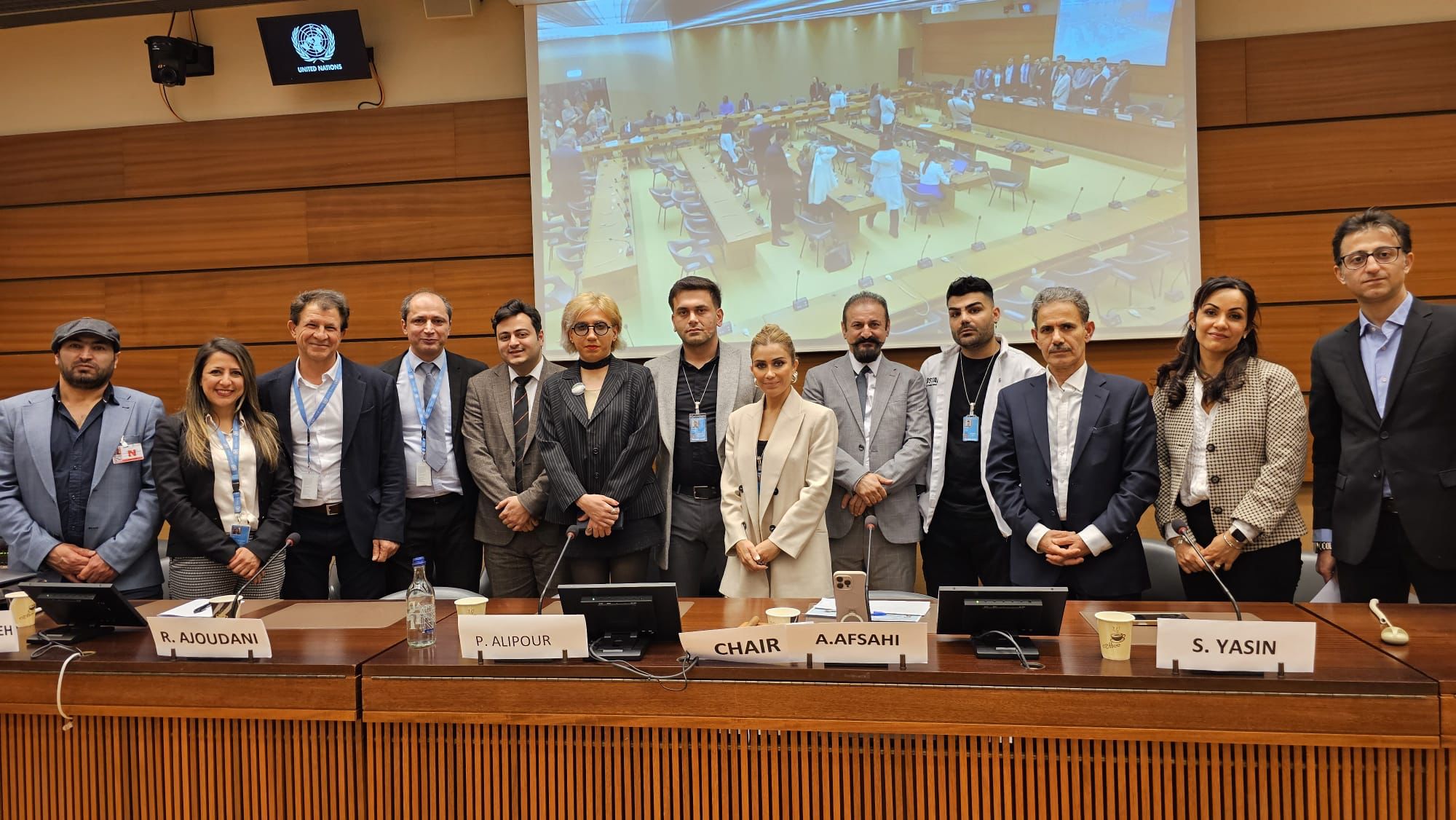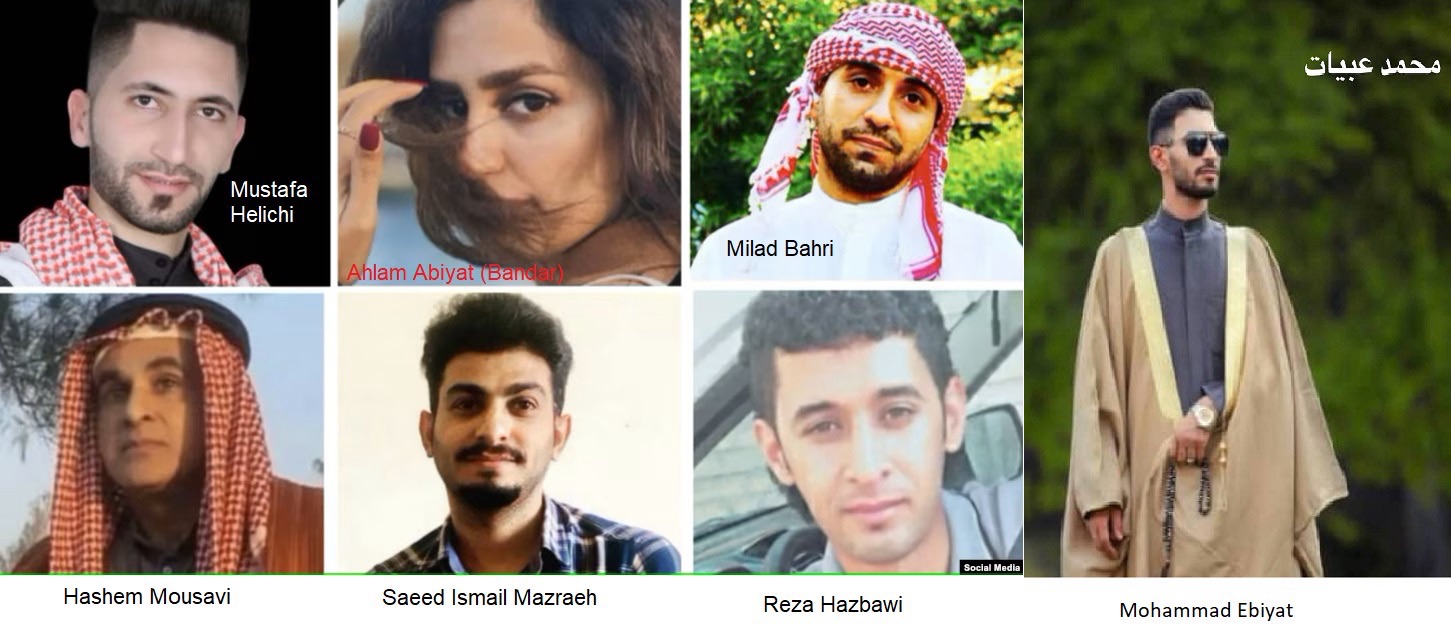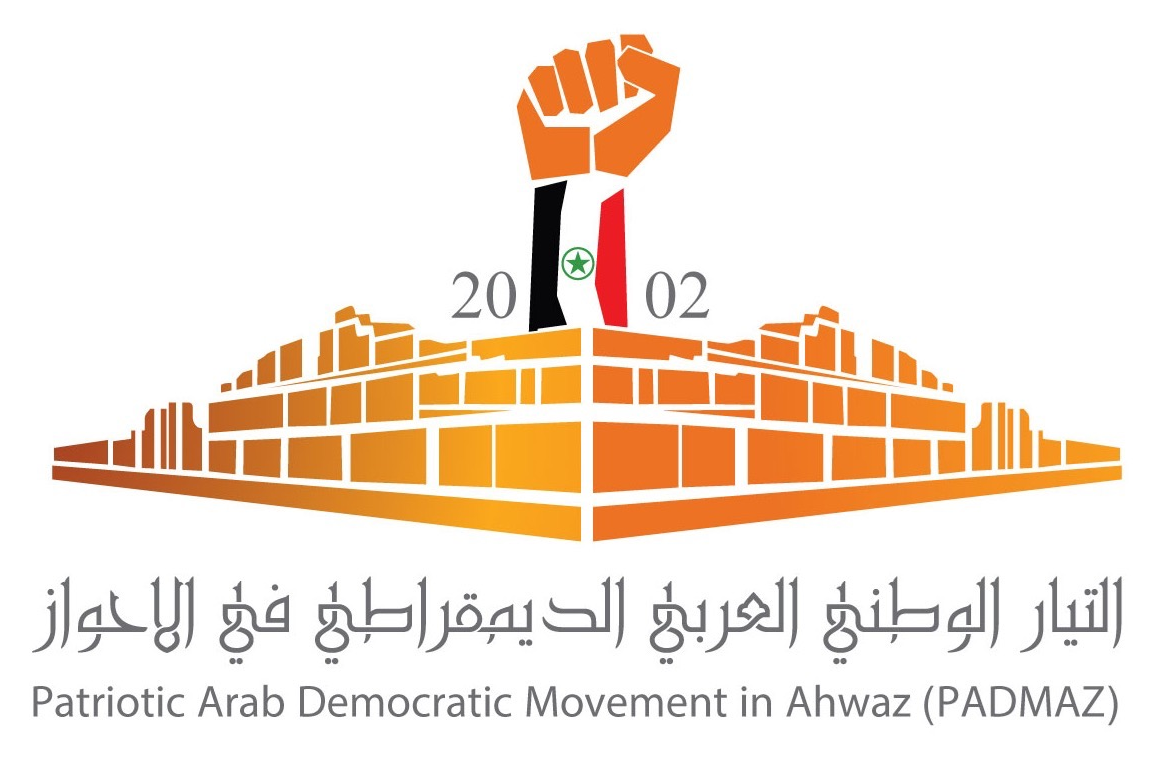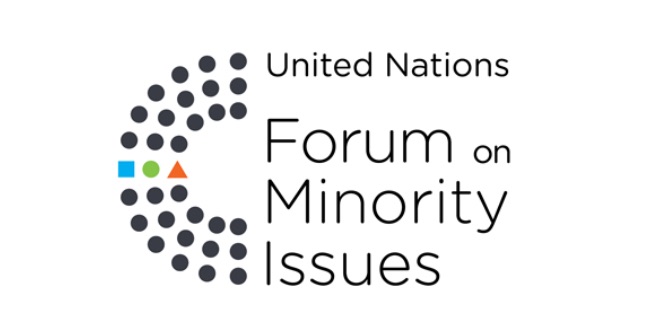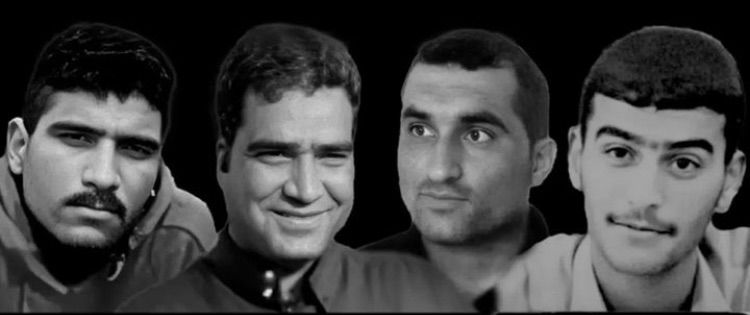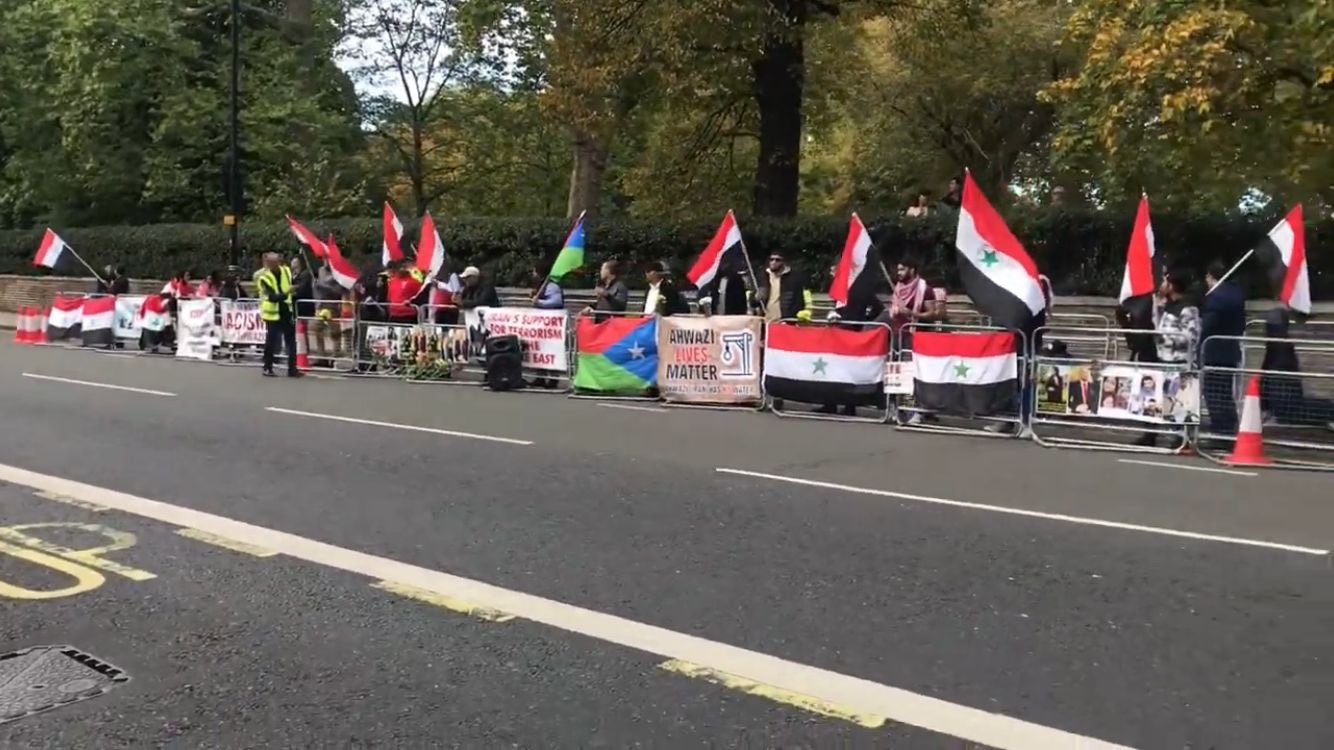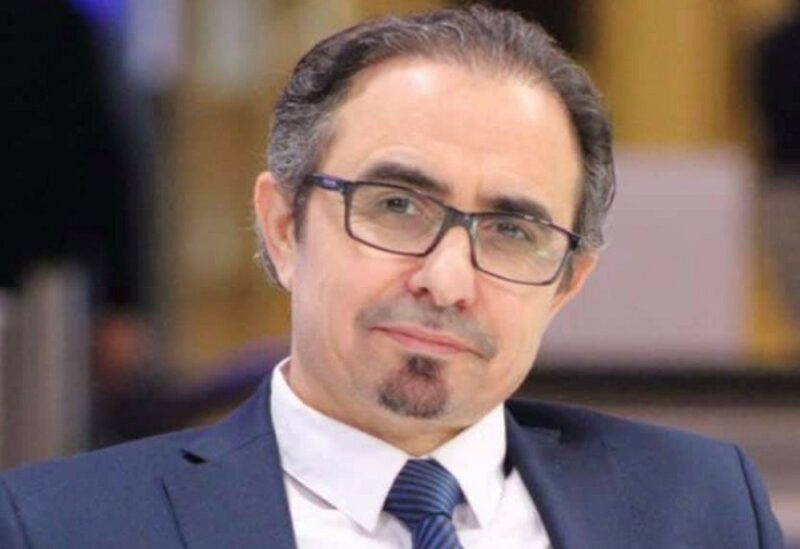An interview with a witness of Mohammara massacre (part 2)
Part 2:
The 2nd part of the interview with Taher Helmizadeh, a witness of Mohammara massacre. Here you could read part 1 .
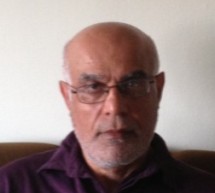
Question: What was the problem of the Khorramshar Military Cultural Centre, led by Jahan Ara, with the political and cultural movement of the Arab nation? How did the situation in the city become tense and what was the reaction of the Arab People’s Political Organization (Khalge Arab) to these disturbances?
Since this is the first time in modern history that we have witnessed such political and cultural dynamism among the Arab nation, it has caused the members of the Military Cultural Centre to panic. They saw the Arab People’s Movement as a separatist movement and wrote strange reports against the Arab People’s Political Organization, other cultural organizations and persons, including Sheikh Khaghani, warning Tehran of the separation of Ahwaz.
In this regard, the members of the Military Cultural Centre took action and disturbed the atmosphere of the city and captured the inexperienced members of the Arab People’s Political Organization. Among these actions was the expansion of its military power throughout the city. They were dispersed throughout the city by their armed forces and closed streets with checkpoints. Their harsh treatment of the Arab people and the Arab political and cultural activists was very provocative. In a provocative move, they also disarmed a number of members of the People’s Political Organization who were involved in securing the city. In addition, Jahan Ara’s men arrested some Arab figures and activists without informing Sheikh Khaghani, accusing them of being Savaki (pro Shah intelligence agents).
After numerous actions by the Military Cultural Centre to aggravate the situation, the political inexperience of some members of the Arab People’s Political Organization provided sufficient excuses to the ill-wishers of the Arab nation. The disarmed members of the Arab People’s Political Organization clashed with Coast Guard officers, killing one of the guards. Immediately, the non-Arabs in Mohammara organized a demonstration with the organization of Khorramshahr Military Cultural Centre, chanting the slogan “I will kill, I will kill, who killed my brother.” Another action that made the atmosphere extremely tense was the clash between members of the Arab People’s Political Organization and the armed members of Khorramshahr Cultural Military Centre and the arrest of Jahan Ara and his companions for several hours. After this, the non-Arabs sat in the Grand Mosque and demanded the closure of the Arab People’s Cultural Centre and Political Organization.
In this regard, it should be said that both General Madani, governor of Ahwaz province, and the anti Arab political groups and militia in Iran wanted to increase the convulsions in Mohammara and the Iraqi government. The provocative remarks by General Madani showed that he was looking for a good opportunity to end the Arab people’s movement. On the other hand, Iraq, with its Shiite majority, feared that the Shiite being in power in Iran and saw any unrest in Mohammara as advantage. Meanwhile, the vast majority of the Arab nation in Ahwaz was seeking their rights in a way that Sheikh Khaghani had put in front of them.
Question: What happened after these incidents? Was the condition of disarmament raised in the conversation with the political activists of the Arab people or another condition? What was the result of the talks?
After these incidents, the governor of Mohammara met twice with the leaders of the Arab People’s Political Organization. The meetings called on the Arab People’s Political Organization and the Arab People’s Cultural Centre to evacuate their headquarters in Mohammara, located in the city centre, and relocate to the Kot al-Sheikh area. Both the political organization and the Arab People’s Cultural Centre considered this request illogical. Seyed Hadi Nizari told them that this city is the property of our ancestors and we will not move from our headquarters. There was no talk of disarmament because, basically, Arab activists had no weapons other than a few military guns. This became clear during the military offensive by government forces on these centres and their rapid collapse. There were no weapons available to the Arab People’s Political Organization except for a few Berno guns (one bullet hunting gun), so there was no need to talk about disarmament. The issue was the removal of the headquarters of the Arab People’s Political Centre from the city centre to the urban [2].
Ten days before the military offensive on Black Wednesday, a strike by Arab people in support of the Arab People’s Cultural Centre began at the centre’s headquarters. The Arab people have been present days and nights at the headquarters of the Arab People’s Cultural Centre to protect it from the attack of government forces. The Arab People’s Political Organization did not take any specific action.
After the failure of the talks between the governor’s office and the Arab activists, General Madani entered Mohammara on Tuesday night 29th May 1979. In the early hours of Wednesday morning, May 30th 1979, he met with Arab activists at the Sheikh al-Muturi House. He warned them that if the headquarters of the Arab People’s Cultural Centre and political organization were not vacated, he would forcibly evict them.
Question: How did Madani carried out his threatens? If possible, tell us the details of the military attack on the Arab People’s Cultural and Political Centre.
That night (30th May 1979), people gathered at Sheikh Khaghani’s house, as they had the night before. On the night of the attack on the Arab People’s Centre, the sound of gunfire was heard at four in the morning. In the city, it was rumored that Arab gunmen, driving a white colour car, fired at the Grand Mosque. This was not true because the whole city was under the control of the armed forces. Everyone believed that the incident was fabricated in order to launch an attack on the Arab people. At 4:15 p.m. 30th May 1979, government forces attacked the Arab People’s Cultural Centre and no armed resistance took place. At that moment, I was in the centre with about a hundred people. Along with us were a number of left political activists from the People’s Fedayeen and the Workers’ Party. Almost all those present were arrested. I was able to escape from the Iranian gunmen along with several others. As we exited the back door, we witnessed an attack by government forces on the building of the Arab People’s Political Organization, which was located next to the Cultural Centre building. Members of the Arab People’s Political Organization had a small number of shotguns. They began firing from the rooftops at government forces. The headquarters of the Arab People’s Political Organization was attacked by warships from Karun river and from high-rise buildings around it, and was targeted with heavy fire.
Activists from the Arab People’s Political Organization called on the people, with speakers, to defend the organization. People also tried to reach the building of the Arab People’s Political Organization with empty hands or with sticks and stone and across the Karun with boats. The naval boats on the Karun River targeted the organization with heavy fire from one side, and the Arab people, who were trying to defend their centre, on the other side, killed tens of them.
The clashes in the Arab People’s Political Organization continued until 6 am. Three members of the organization lost their lives and many were injured, and the bullets fired by the defenders of the organization were run out. After that, we left the headquarters of the organization and at about seven in the morning, the headquarters of the organization was captured by the government forces.
The clashes between the people and the government armed forces continued for three days. Angry Arab people attacked boats and ships of the Iranian Navy forces and the Khorramshar Military Cultural Centre militia, setting it in fire and drowning them. They attacked the masked men members Khorramshar Military Cultural Centre militia, who killed many of the Arab people, and clashed with them with stones and sticks. Many of the Arab people lost their lives during these three days.
Simultaneously with the attack on Mohammara, government gunmen attacked a branch of the Cultural Centre in Abbadan city, killing and injuring a number of people and seizing the centre. Other branches of the cultural centre in other cities were also seized by government forces.
After three days of protests, people’s crowded protests forced the armed forces to open the way and thus people were able to reach Sheikh Khaghani’s house. The widespread presence of the armed forces at the headquarters of the Arab People’s Cultural Centre and Political Organization prevented the people from recapturing them from government militants.

On the fifth day after the attack, the Arab people of Mohammara began their sit-in protest against the massacre of the Arab nation at the Imam Sadegh Mosque. They demanded the removal of General Madani. The strike lasted for 12 days without any results. At this time, Arab activists decided to continue the political movement in the form of demonstrations. Therefore, demonstrations were held every day from different parts of Mohammara. Demonstrators came from the island of Salbukh and the Seyyed Abbas district in Abbadan, as well as other areas of Mohammarah and other cities. Demonstrators of the angry Arab came out of the Seyyed Abbas district in Abbadan barefoot to Mohammara to express their support for their political leadership, Sheikh Khaghani.
Sometime later, the government agents rumored that Sunni Kurds were planning to attack the Shiites. Sheikh Khaghani immediately understood the conspiracy of the regime and during a speech defended the Kurdish nation and its legitimate demands and defended Kurdish leader Izz al-Din Hosseini. Thousands of Arabs chanted slogans in defense of Izz al-Din and Khaqani:
We all are defenders of Khaghani and Azaldin!
Madani! We are not afraid of tanks and planes!
We Arabs are all martyrs and we will rise up!
Demonstrations continued until the 40th day of the Black Wednesday. Two days later, something happened that once again gave the regime the opportunity to attack Khaghani.
Question: If possible, describe the last stage of the attack of the government forces on the cultural and political movement of the Arab people.
Members of the Military and Non-Arab Khorramshahr Cultural Centre invited one of the Arab reactionary scholars, Seyyed Sheber Adnani, to speak at the Grand Mosque, which was known as the site of a conspiracy against the Arab people. This person spoke against the demands of the Arab people. A grenade was thrown at the audience during the speech, killing and injuring several people.
Immediately, gunmen stormed Sheikh Khaghani’s house, killing one of the guards at the Sheikh’s house and injuring a number of people present at his home. The sheikh and his family were arrested and transferred to Qom (close to Tehran). In fact, this was the final settlement of regime with the Arab people’s movement. The absence of the sheikh in Mohammara left the government forces to openly suppress the Arab people.
After the deportation of Sheikh Khaghani, the suppression of Ahwazi demonstrators by the Iranian forces, using tear gas and shotguns, was escalated aggressively.
A few days after the incident, confessions of a person known as “Nasser Jojeh” were broadcast on Iranian state television, indicating that he was responsible for throwing grenades at those present at the Grand Mosque. In addition, he accused other people for complicity. All defendants were executed immediately.
The executions were followed with great intensity, and various groups of Arab political and cultural activists were executed on various charges. In such security situation, for the first time we witnessed the explosions in Mohammara. Explosion in Saif Bazaar of Mohammara, Explosion in wells and oil pipelines, Explosion in Abbadan and Explosion of radio and television broadcast antenna tower, etc.
It is said that the Ahwazi Arab People’s Movement (Al-Harkeh Al-Jamahiriyah le Alsha’b AlArabi fi Al-Ahwaz) and the remnants of the Arab People’s Political Organization (Khalge Arab) who took refuge in Iraq were responsible for the explosions following the killing of their members by General Madani forces and the dismemberment of the Arab political movement.
The number of executions was so high that if we compare it with the executions after the uprising of the Arab nation in 2005, we can say with certainty that the executions of Mohammara are several times more than the executions after 2005 uprising.
[1] Since 90 years Iran has changed many names of cities, villages and neighbourhoods in Ahwaz, in order to change the Arab identity of Ahwaz. Khorramshahr is the central regime chosen name for the Arab original name Mohammara. Abbadan and Falaheiyh were changed to Abadan and Shdegan, etc.
[2] This is while Iran’s propaganda were pretending that the attack on Ahwazi people was for disarmament.
[3] The masked members of the pro regime militia, Khorramshahr Military Cultural Centre, participated fully in the massacre of Arab people in Mohammara. They killed tens of the innocent Arab people and executed many Ahwazi activists.
The interview was done by Mahdi Hashemi
PADMAZ


